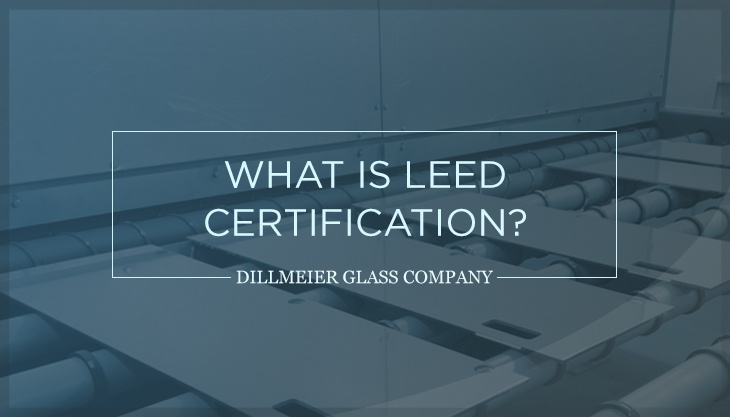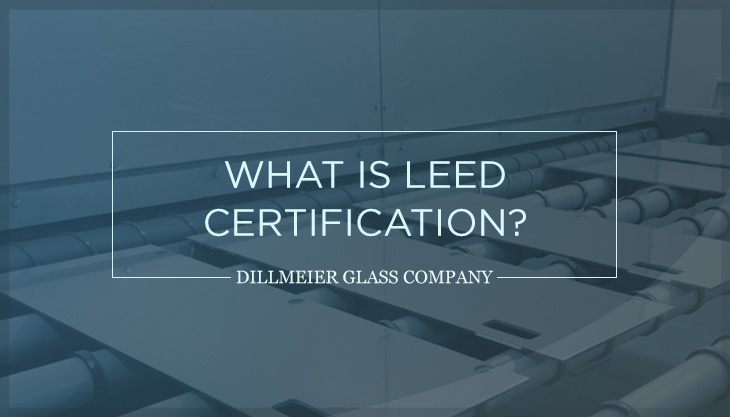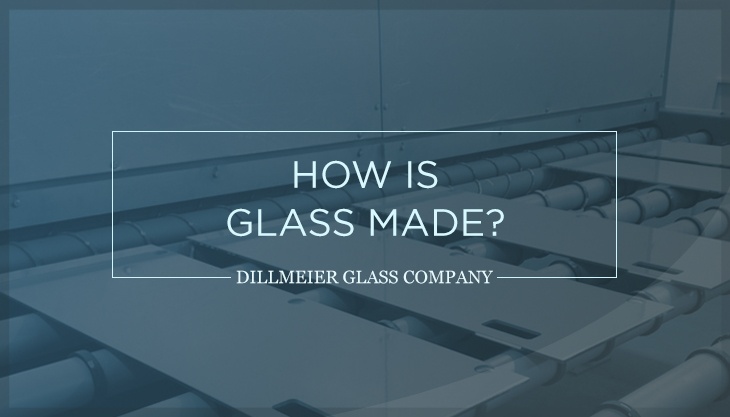What Is LEED Certification?


Going green isn’t just a trend—it’s a lifestyle. Not only do many people believe individuals should be making environmentally conscious decisions, they also think more businesses should be doing the same.
For contractors and design firms, acquiring a LEED certification proves the necessary steps were taken to ensure a building meets certain “green” criteria.
HOW BUILDINGS CAN BE ENVIRONMENTALLY FRIENDLY AND ENERGY-EFFICIENT
Created by the U.S. Green Building Council (USGBC), Leadership in Energy and Environmental Design, more commonly referred to as LEED, aims to make sustainability a top priority of contractors and architects.
As Paul Meyer, a board member and co-chair of the advocacy committee at USGBC's Long Island chapter and the senior vice president of one of the organization's sponsors, global professional services firm WSP Group, explains:
"LEED is a green building rating system," he says. "It has certain thresholds that in many cases are more stringent than local building codes."
There are four certification levels within LEED:
- Certified
- Silver
- Gold
- Platinum
The number of points earned dictates the certification level. In order to become certified, 40 to 49 points are needed. Silver and Gold require 50 to 59 points, and 60 to 79 points, respectively, and Platinum requires at least 80 points. Buildings are rated upon location, materials chosen, energy efficiency, and other factors. LEED can be utilized for an array of projects, including newly built constructions and older buildings in dire need of an interior design renovation.
GLASS AS A LEED COMPONENT
Glass isn't necessarily the most heat-efficient—as warmth can escape more easily through glass windows than insulated walls—however, glass can sure improve employees' views, and literally lightens the workplace. Increasing natural light decreases a building's electricity bill, while supplying occupants with some much-needed vitamin D.
Further, Meyer states, glass has "many characteristics that can be tweaked" to improve its performance.
For example, it can be tinted to change its shading coefficient. Meyer explains that this is where energy modeling comes in.
“When designing a LEED building, we often use computerized energy model simulations where we can vary the characteristics of the glass to determine the best design for performance and cost-effectiveness,” he says.
Glass' ability to increase daylight and improve building occupants' views are two of several potentially applicable considerations under the LEED program.
In a whitepaper by the National Glass Association of North America, a “leading association serving flat glass manufacturers, fabricators and glazing contractors,” it discusses how glass can help earn LEED points, specifically in terms of “indoor environmental quality.” For example, certain “decorative glass,” such as glass coated with ceramic enamels or organic coatings, back-painted glass, and acid-etched mirrors, can “provide high reflectance surfaces to coordinate with lighting design.” As aforementioned, interior glass helps increase natural sunlight exposure, which poses several health benefits.
Further, the whitepaper points out that decorative glass can “provide colors, textures and patterns applied to glass to bring the effect of nature into the building's interior increasing overall satisfaction of occupants with their work environment.”
Plus, contractors can also utilize “decorative glass signage to illustrate the sustainable design features within the building,” and “use decorative glass screens mounted in the walls or floors to impart information as well as protect interactive displays, televisions or computer screens.”
FOLLOW THEIR LEED
Because LEED poses many benefits for the environment, an increasing number of projects are achieving some level of LEED certification.
According to the USGCB, there are “more than 37,300 certified commercial projects” that follow LEED requirements as of April 2017. And this doesn’t even include those within the higher education and state government sectors.
To find out more about LEED, visit the Council’s official website.


